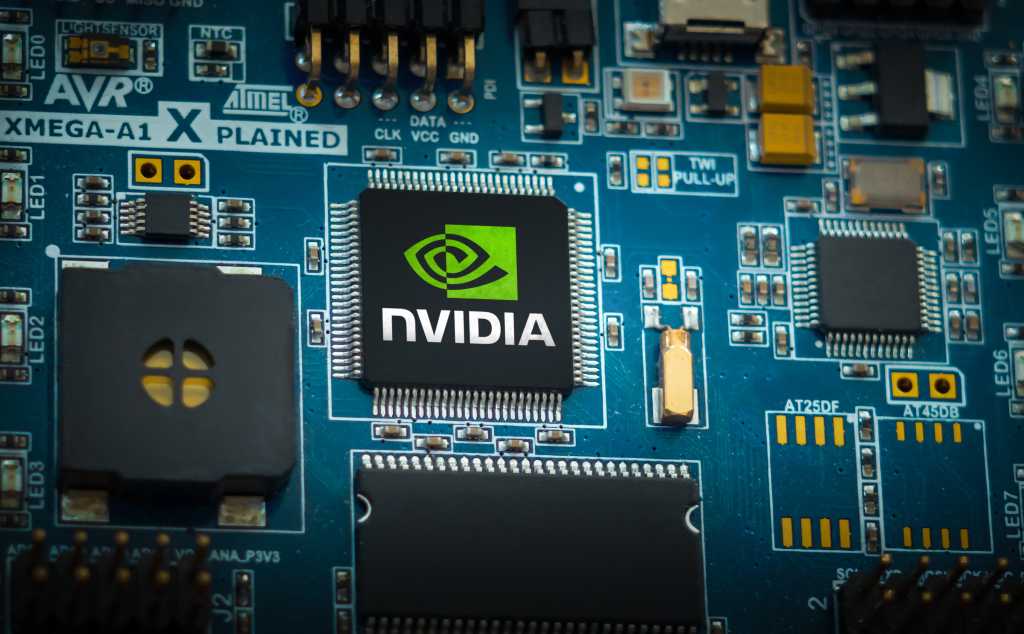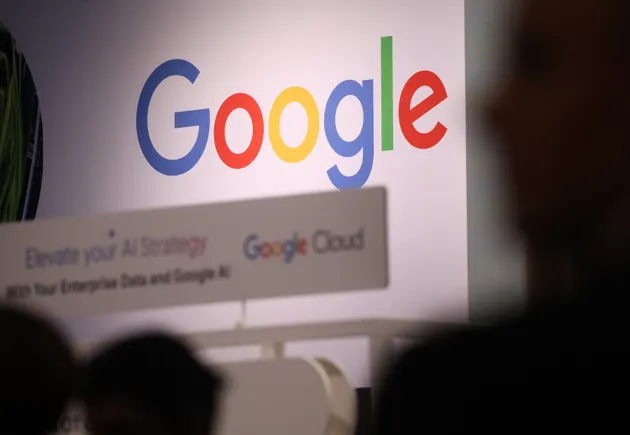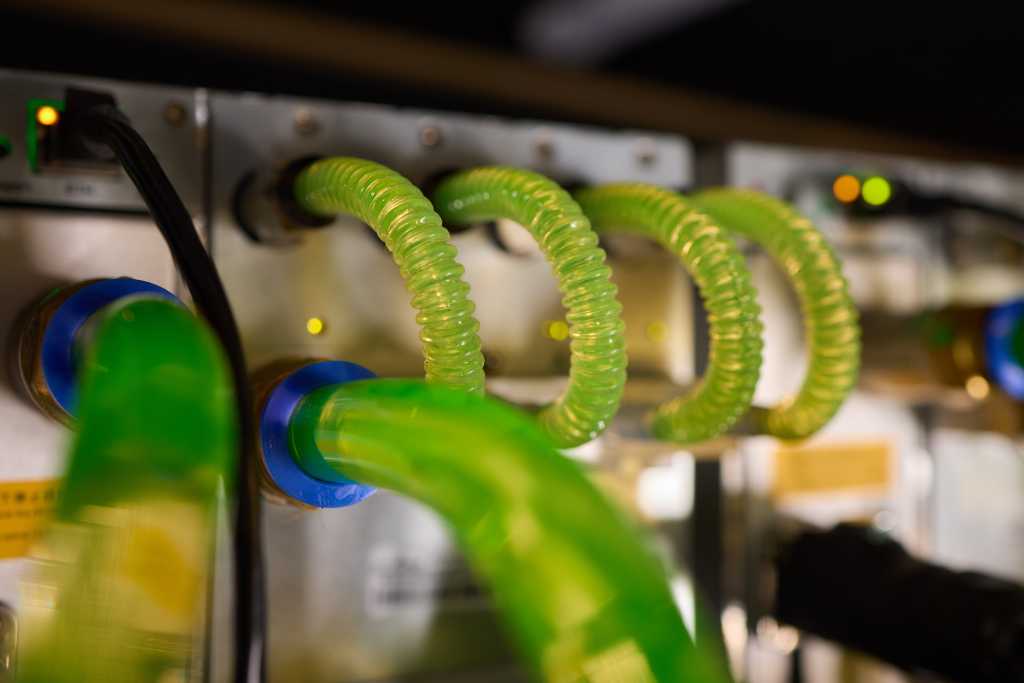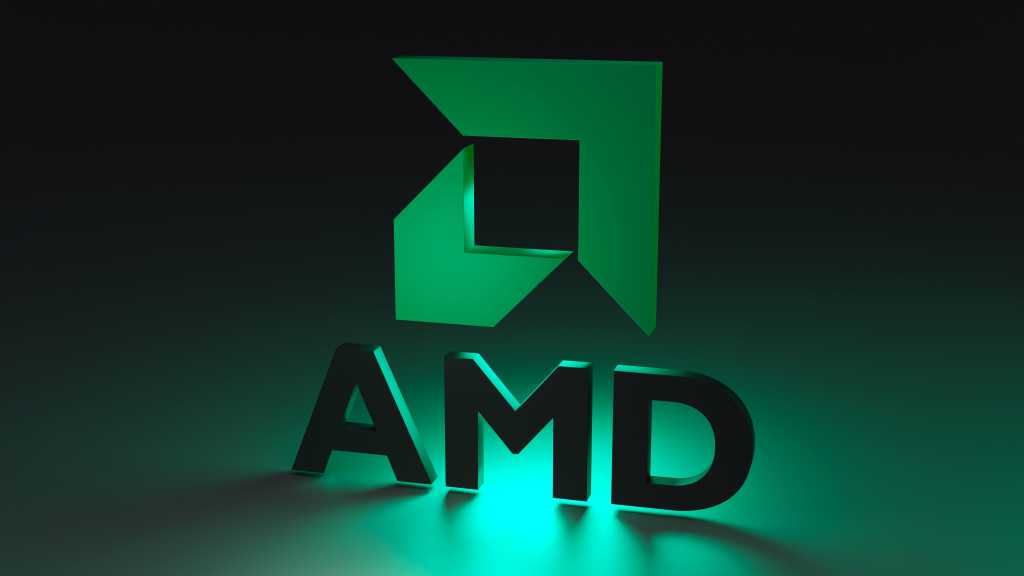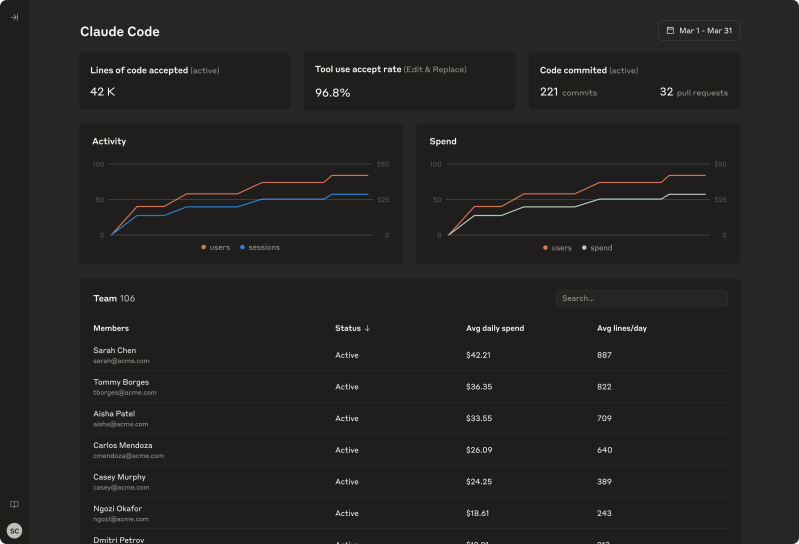Aberdeen-based Hydrasun has awarded three contracts for major equipment packages for the BP Aberdeen Hydrogen Hub in what has been hailed as a “significant milestone” for the flagship project.
The firm, part of the D2Zero stable of decarbonisation and clean energy companies, has delivered the deals having won a bid to design and integrate a hydrogen refuelling station and associated infrastructure.
Hydrasun has struck a deal with Norway’s Nel Hydrogen for a package that includes a 2.5MW electrolyser.
Engineering firm Maximator will deliver a compression package with Sheffield-based Chesterfield Specialist Cylinders coming on board to supply the storage package.
The scalable green hydrogen production, storage and distribution facility powered by renewable energy, is being delivered through a joint venture between energy giant BP and Aberdeen City Council.
The joint venture achieved a financial investment decision in July 2024.
Land at Hareness Road, at Altens Industrial Park in Aberdeen, has been earmarked for the hydrogen production facility.
Hydrasun, a specialist hydrogen system integrator and refuelling solutions provider, said each of the equipment packages will play a “vital role” in ensuring the efficient production, storage, and distribution of hydrogen.
 © Supplied by Hydrasun
© Supplied by HydrasunNeil Thompson, CEO at Hydrasun said the hub project “highlights the industry’s capability to provide next-generation energy solutions and promising substantial growth opportunities for the region, through both supply chain enhancements and skills development”.
He added: “The first tranche of contract awards marks a significant milestone for the project and supply chain.”
Hydrasun employ over 500 worldwide with around 60 employees currently focused on the hydrogen market sector.



